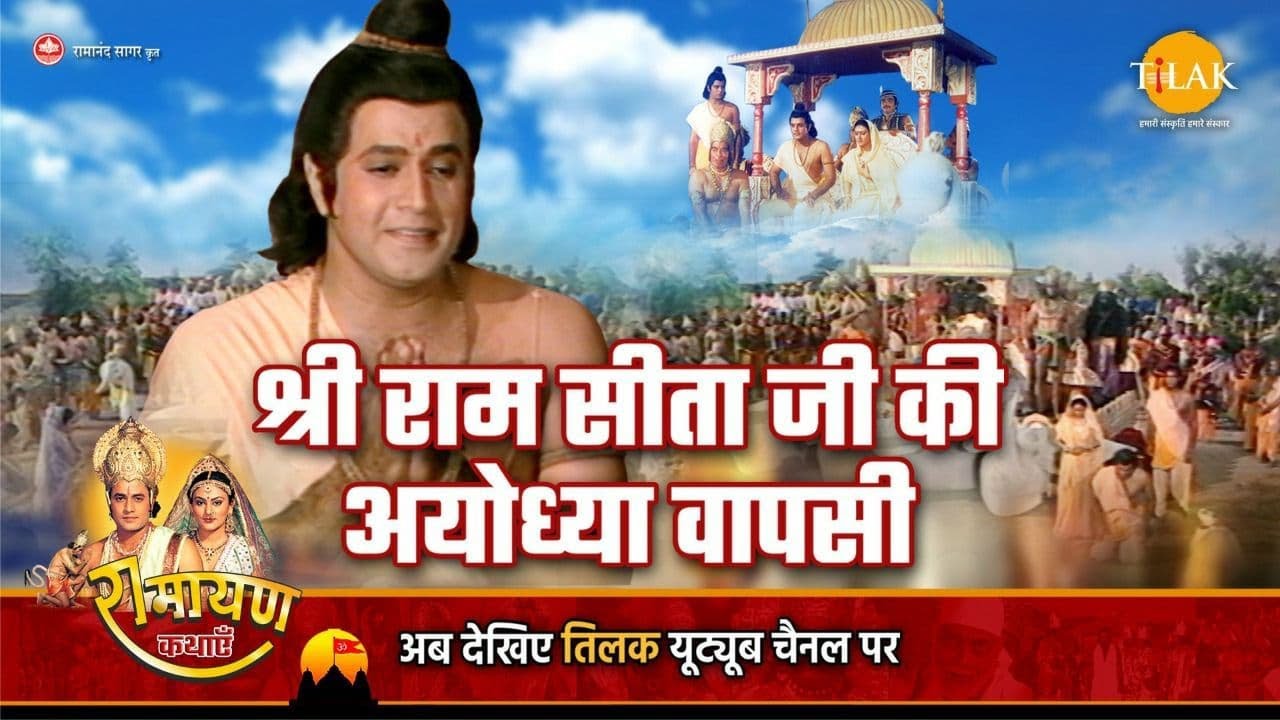Cerita Kidang kencana media pemblajaran kls 7 sem 2
Summary
TLDRThis transcript discusses a lesson centered around the Ramayana, an ancient Indian epic, within the context of Javanese language and culture. It highlights the exploration of key vocabulary from the story, such as the meanings of words in Javanese, and guides students through understanding its messages and moral lessons. The lesson encourages active participation, such as identifying unfamiliar words, asking questions, and noting key themes. It also touches on modern challenges, such as the influence of social media, drawing comparisons to the moral teachings found in the Ramayana.
Takeaways
- 😀 The Ramayana story is derived from India, with the term 'Ramayana' coming from the Sanskrit language. It refers to the story of Prince Rama's journey.
- 😀 The Ramayana is a significant work in Javanese literature, with various characters like Romo, Sinta, and Anoman being key figures in the narrative.
- 😀 The primary focus is on understanding the Ramayana's plot, its characters, and the lessons derived from the story, such as bravery, sacrifice, and loyalty.
- 😀 The Ramayana story in Javanese culture teaches moral values through the adventures and trials faced by the characters.
- 😀 One of the lessons from the Ramayana involves the importance of keeping promises and the consequences of breaking them, demonstrated by the actions of the characters.
- 😀 The story introduces significant conflicts, like the kidnapping of Sinta by Rahwana, and showcases the heroic efforts of Jatayu and Anoman in rescuing her.
- 😀 The narrative explores themes of loyalty and betrayal, especially in the relationship between Rama and his allies versus his enemies like Rahwana.
- 😀 An important teaching from the story is the balance between good and evil, with characters like Rama and Anoman representing virtues and Rahwana embodying vice.
- 😀 The Javanese version of the Ramayana emphasizes the spiritual and cultural lessons learned from the struggles of its characters, making it a key cultural lesson in Javanese tradition.
- 😀 The story's teachings are presented not just in a narrative format but also through lessons in behavior, warning against desires for material gains or misdeeds like laziness or selfishness.
Q & A
What is the main focus of the script?
-The main focus of the script is to discuss Javanese language learning, using the *Ramayana* story as a context for understanding vocabulary, cultural teachings, and how to approach language study.
What does the term 'Ramayana' mean in the script?
-In the script, 'Ramayana' is explained as a Sanskrit word derived from 'Rama' (the king) and 'Ayana' (story or journey), referring to the story of the hero, Rama, from ancient Indian mythology.
How does the script incorporate elements of modern culture?
-The script touches on modern issues such as social media use by children, highlighting how they often focus on platforms like Instagram and Facebook, which contrasts with traditional values of studying and learning.
What role does the *Ramayana* play in the lesson?
-The *Ramayana* serves as a teaching tool, helping students learn new vocabulary and understanding cultural lessons through its characters and moral messages, like the importance of loyalty and duty.
What is the significance of Javanese words and phrases in the script?
-The use of Javanese language throughout the script emphasizes the importance of preserving the language and culture, teaching students how to understand and use Javanese in the context of historical stories and modern situations.
Who are the main characters mentioned in the *Ramayana* part of the script?
-The main characters from the *Ramayana* mentioned in the script are Rama, Sita, Jatayu, and Hanuman, with a focus on their roles in the narrative and moral teachings.
What lesson does the script suggest about modern youth and technology?
-The script suggests that modern youth often prioritize technology and social media over studying and learning, which may distract them from understanding deeper cultural and moral lessons.
What does the script say about the importance of understanding words in Javanese?
-The script emphasizes that understanding the meaning of words in Javanese, especially in traditional texts like the *Ramayana*, is crucial for both language proficiency and cultural literacy.
How does the script suggest students should engage with the material?
-The script encourages students to actively engage with the material by noting unfamiliar words, asking questions, and reflecting on the deeper meanings of the stories and the lessons they carry.
What moral lessons are implied through the characters in the *Ramayana*?
-The characters in the *Ramayana* offer moral lessons about loyalty, righteousness, sacrifice, and the importance of performing one's duty, as seen through the actions of Rama, Sita, Hanuman, and others.
Outlines

Cette section est réservée aux utilisateurs payants. Améliorez votre compte pour accéder à cette section.
Améliorer maintenantMindmap

Cette section est réservée aux utilisateurs payants. Améliorez votre compte pour accéder à cette section.
Améliorer maintenantKeywords

Cette section est réservée aux utilisateurs payants. Améliorez votre compte pour accéder à cette section.
Améliorer maintenantHighlights

Cette section est réservée aux utilisateurs payants. Améliorez votre compte pour accéder à cette section.
Améliorer maintenantTranscripts

Cette section est réservée aux utilisateurs payants. Améliorez votre compte pour accéder à cette section.
Améliorer maintenantVoir Plus de Vidéos Connexes

Video Inovasi Pembelajaran Bahasa Jawa || Teks Crita Wayang

Mahabharata: the Ancient Indian Epic

Ramayana | Book Summary in English

Video Pembelajaran bahasa Jawa Kelas 7; Carita Ramayana "Kidang Kencana" & Unsur Intrinsik

रामायण कथा | श्री राम सीता जी की अयोध्या वापसी

Lahirnya Rama Wijaya di Ayodya - Kurmer VII-2
5.0 / 5 (0 votes)
